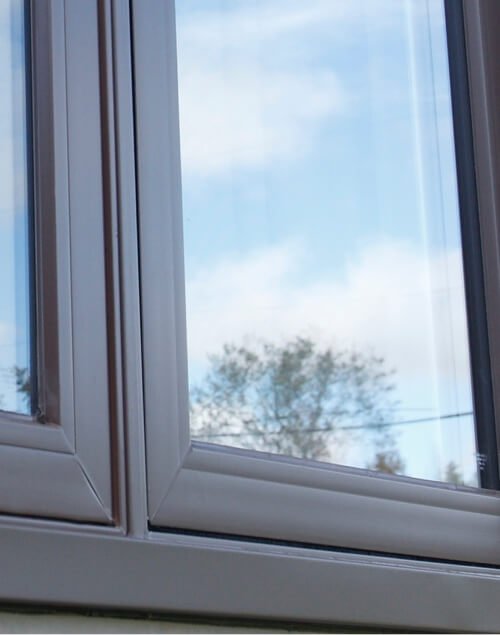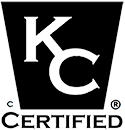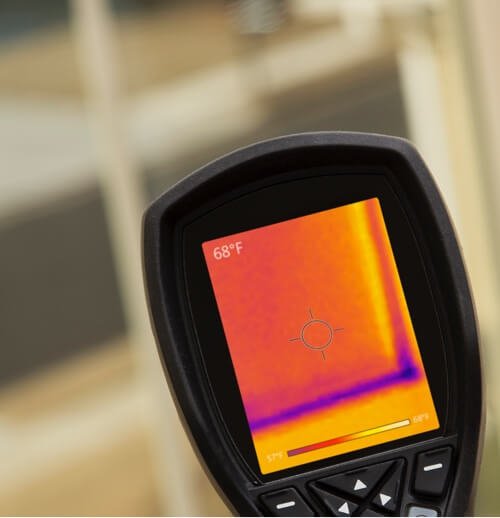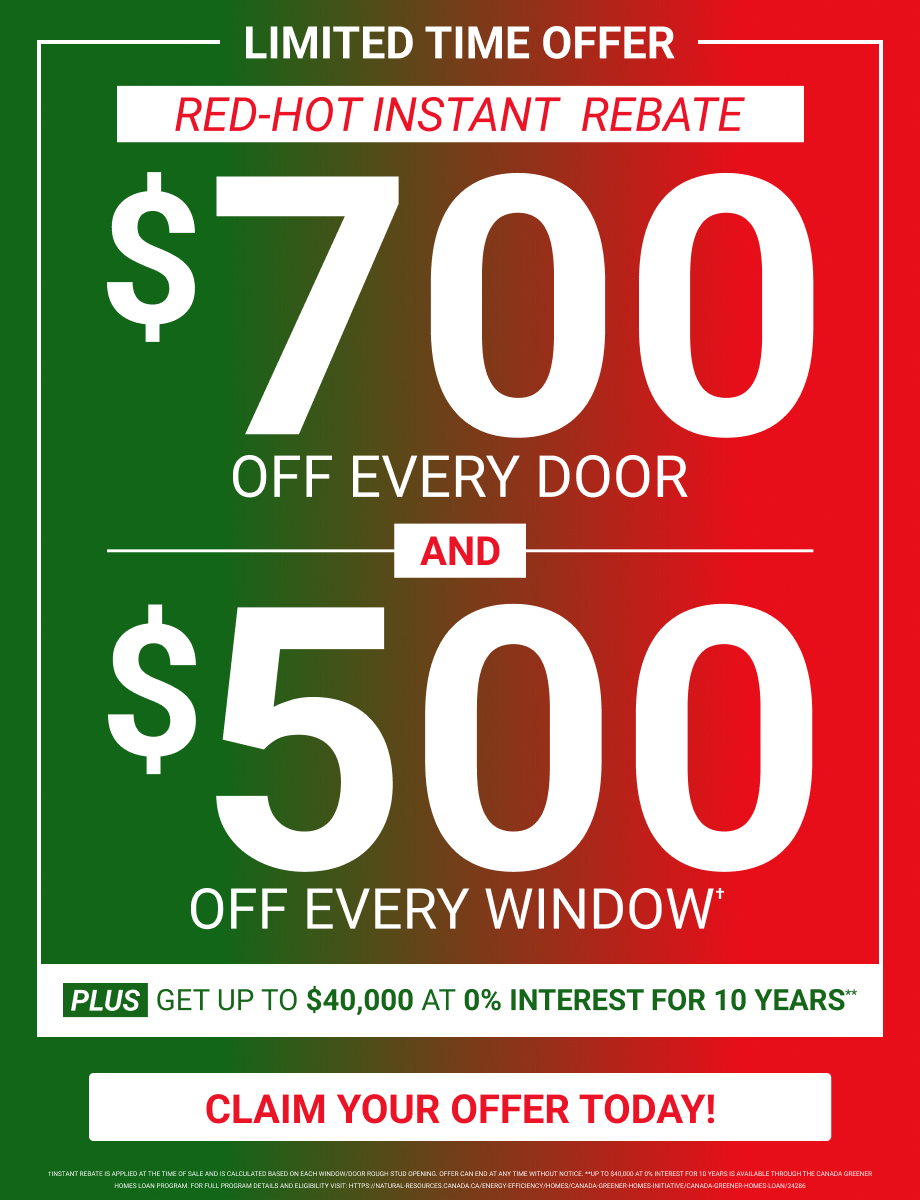Certifications
and Standards
Certification programs for the fenestration industry (windows, doors, and skylights) aim to improve the quality of products and services offered to homeowners and help to ensure that manufacturers are leaving a positive impact on our environment. If you purchase a certified residential window or door, you can rest assured that it meets or exceeds current product standards. Keep reading to find out about some of the certification programs available for residential windows and doors.
ENERGY STAR® 
ENERGY STAR® is a voluntary certification program administered by Natural Resources Canada. Its purpose is to fight climate change by reducing greenhouse gas emissions and help Canadians save money on energy bills. Certification requires that products are tested by third-party laboratories that rate the product’s energy performance according to high-efficiency standards. The ENERGY STAR® symbol identifies products that meet or exceed these standards. Look for the symbol to help save money on energy bills and make a positive impact on our environment.
Search ENERGY STAR’s certified product list for detailed performance ratings.


Keystone Fenestration Certification 
Keystone Certification indicates product compliance with Canadian and US building codes and energy incentive programs. The Fenestration Certification Program is the first internationally recognized certification program accredited by both the Standards Council of Canada (SCC) and the American National Standards Institute (ANSI). Keystone energy performance certifications qualify fenestration products (windows, doors, and skylights) for both the Canadian and US ENERGY STAR® Programs.
With a goal of creating accountability within the fenestration industry, Keystone Certifications Inc. requires manufacturers submit products to third-party laboratories for testing and performs audits of manufacturing facilities to ensure the windows and doors manufactured each day meet the same performance standards as the tested models.
See more information about the Keystone Fenestration Certification Program
NFRC 
NFRC stands for the National Fenestration Rating Council. They are an independent, non-profit organization that develops, maintains, and enforces energy ratings for the window and door industry. NFRC-certified products will display a performance label which aims to help consumers compare energy efficient products.
Search National Fenestration Rating Council's directory for detailed performance ratings.

Common Performance Measures
U-Factor
U-factor measures the rate of heat transfer. A lower U-factor indicates greater resistance to heat transfer.
Solar Heat Gain Coefficient
The solar heat gain coefficient (SHGC) indicates the amount of solar gain through a pane of glass. It ranges from 0-1. The higher the number, the better the solar gain.
Visible Transmittance
Visible transmittance (VT) determines the amount of light coming through a window. A scale from 0-1 is used, but most values fall within 0.25 – 0.80. More natural light passes through windows with a higher VT.
Energy Rating
Energy rating (ER) is calculated using a formula that balances a product’s U-factor with its potential SHGC and its airtightness. The higher the number, the more energy efficient the product.





